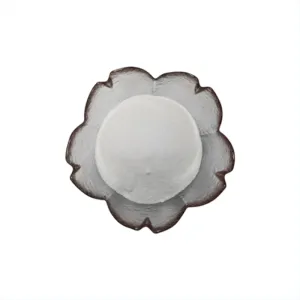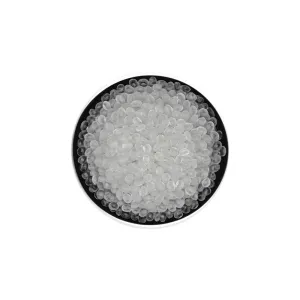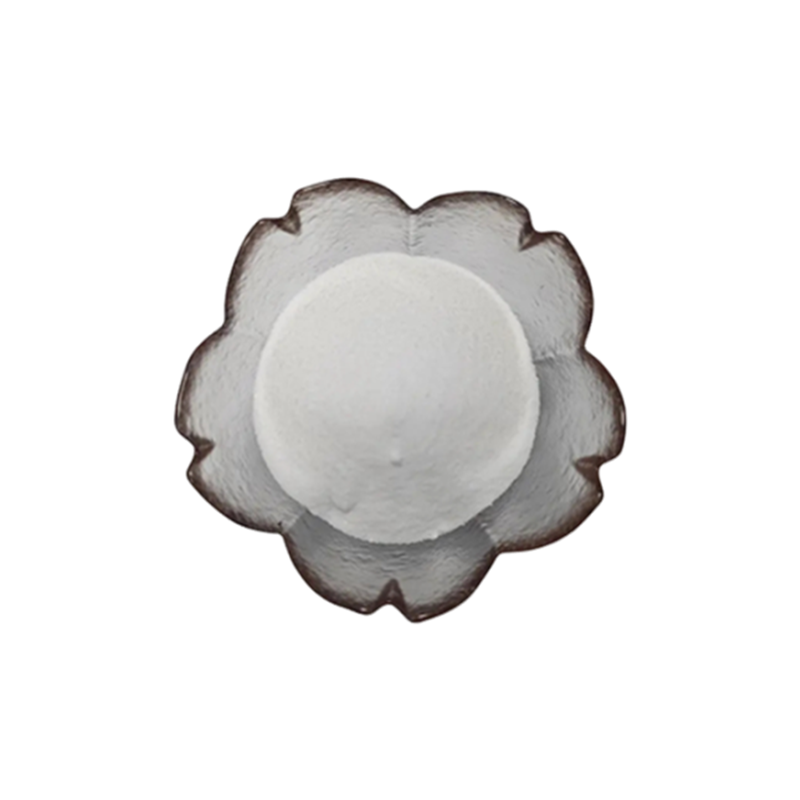92,927
November 7, 2023, 4:36 PM
Lead: Recently, the prices of polyester raw materials PTA and ethylene glycol have been relatively strong, while the polyester market has been dragged down by weak demand, and the market has maintained a weak pattern. Therefore, processing fees of polyester companies continue to squeeze, and most varieties have begun to fall into the dilemma of losses.
Since late October, the market trend of polyester raw materials PTA and ethylene glycol has begun to strengthen. Policies have boosted China's commodity market and the market atmosphere has begun to improve. The polyester raw material market has seen a slight rebound since the end of October. However, under the geopolitical influence of the Palestinian-Israeli conflict, the shocks in the international crude oil market have intensified, which has suppressed the entire market mentality and increased market uncertainties. Therefore, the polyester raw material market has been weak.

Although the polyester raw material market has increased slightly, costs have not pushed up the polyester market. Due to weak demand, polyester companies 'production and sales have been weak. Therefore, polyester companies have increased price reduction promotions, especially polyester filament companies. Through large-scale price reduction promotions, the company's daily production and sales have temporarily increased. However, this price-for-volume model has resulted in a squeeze on the company's production cash flow and an intensification of polyester companies' production losses. Due to poor demand, the production and sales data of polyester PET and polyester staple fiber companies are also weak. Therefore, the market has remained at a low level and is deadlocked. Under the pressure of rising raw materials, the cash flow of polyester companies has been continuously compressed. Among them, the losses of polyester bottle chips have intensified., the profit of polyester chips has dropped to the profit and loss line, and the cash flow of polyester staple fiber has dropped to a small profit. As of now, the profit of polyester chip products is 18 yuan/ton, the profit of polyester bottle chip products is-306 yuan/ton, the profit of polyester filament products is-312 yuan/ton, and the profit of polyester staple fiber products is 93 yuan/ton.
Due to the continuous reduction of processing fees, the production pressure of polyester enterprises has increased. However, the current starting load of polyester enterprises is still maintained at around 90%, and the market supply remains high. As terminal demand enters the off-season, the pressure on enterprises 'inventory continues to increase, enterprises will enter the accumulation stage. As of last weekend, among them, the polyester chip enterprise warehouse existed for about 6-8 days, polyester POY inventory was about 15-17 days, polyester DTY inventory was about 27-30 days, polyester FDY inventory was about 20-22 days, and polyester staple fiber inventory was around 7-10 days. Due to the pressure of continued losses, polyester bottle and chip companies have increased their production of equipment. The major manufacturers have stopped or reduced production. At present, the overall industry start-up has dropped to a low of around 70%, and the market supply and demand sides have dropped.
International crude oil fluctuates at high levels. The polyester raw materials PTA and ethylene glycol markets are driven by the cost side. The short-term market will maintain a narrow adjustment. Under high cost pressure, the short-term polyester market will fluctuate and consolidate with costs. However, with the arrival of the off-season of terminal demand and the expectation of weakening demand, the polyester market will still face greater pressure in the later period. In the later period, we will pay close attention to changes in the raw material market and demand side.















